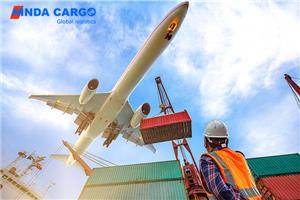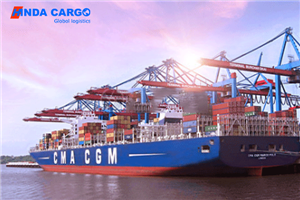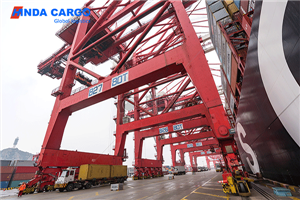What is the maximum length of air freight?
Air freight is widely used as a fast and efficient way to transport goods. However, there are some size restrictions that need to be considered when transporting goods by air. In this article, we will explore the maximum length restrictions for air freight and how to deal with goods that exceed the standard size.
What is the maximum length of air freight?
The maximum size of standard air freight is 2.44 x 3.18 meters (96 x 125 inches). This size limit is to ensure that the goods can be safely loaded and transported and can pass through the door and cargo space smoothly. Goods exceeding these dimensions require additional arrangements and handling.
Here is a detailed answer about the maximum length of air freight:
1. Standard size limit: The standard air freight size limit is 2.44 x 3.18 meters. This size range is the standard size of goods that airlines can usually handle.
2. Special handling: If the size of the goods exceeds the standard limit, special handling may be required. This includes additional packaging or the use of special shipping equipment to ensure the safe transportation of the goods.
3. Charter service: For oversized goods, charter service may be required for transportation. Charter services can provide customized transportation solutions based on the size and weight of the goods to ensure that the goods can reach their destination safely.
Although standard sizes limit the air transportation of most goods, there are still some oversized goods that need to be transported. For overlong or overwide goods, airlines may require special packaging and loading methods to ensure safe transportation. Some oversized goods may even require special charter services for transportation.
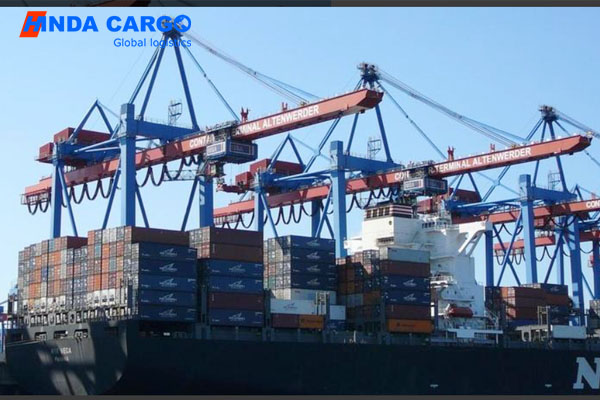
How do size restrictions for air transportation affect cargo transportation?
1. Increased transportation costs: Increased cargo size usually leads to increased transportation costs. Goods that exceed standard size restrictions may require additional packaging or special equipment, which will increase transportation costs.
2. High transportation risks: Goods that exceed the size restrictions may face safety risks. Especially during loading and unloading, oversized goods are more likely to be damaged or cause loss to other goods.
3. Longer transportation time: Oversized goods may take longer to arrange transportation. The transportation time of goods may be extended due to the need for special handling or the use of charter services.
4. The need to formulate a transportation plan: For oversized goods, a customized transportation plan may be required. This includes choosing the right shipping routes, flights, and appropriate transportation equipment to ensure that the goods can reach their destination safely and on time.
How to deal with the challenges of oversized cargo transportation?
There are some countermeasures that can be taken to ensure that the goods can be transported safely and efficiently. Here are some solutions to the challenges of oversized cargo transportation:
1. Customized solutions: For oversized cargo, customized transportation solutions need to be developed. This includes choosing the right shipping routes, flights, and transportation equipment to ensure that the goods can be transported safely.
2. Additional packaging: Oversized cargo may require additional packaging to protect the goods. Strengthened packaging can reduce the risk of damage to the goods during transportation.
3. Choose a professional team: Choose an experienced air cargo company and a professional team to handle the transportation of oversized cargo. They have rich experience and expertise to provide the best transportation solution for the goods.
4. Cooperation and coordination: The shipper and consignee of the goods need to work closely together to ensure that the preparation and transportation arrangements of the goods can proceed smoothly. Timely communication and coordination are the key to successfully transporting oversized cargo.
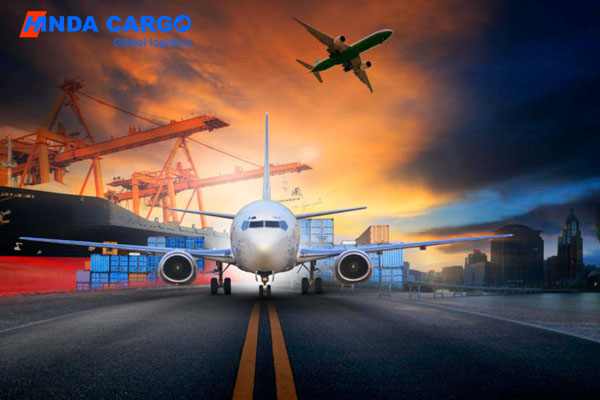
How to avoid exceeding the maximum length limit?
● Understand the airline's regulations and restrictions in advance to ensure that your goods meet the standard size.
● When packing and arranging the goods, always take into account the size restrictions of the goods and try to avoid exceeding the standard size.
● If you have special-sized goods to transport, be sure to communicate with the airline in advance and seek their advice and support.
Conclusion
Understanding the maximum length restrictions for air freight and how to handle oversized/oversized goods is essential for cargo transportation planning and arrangements. By communicating with the airline, taking appropriate measures and special arrangements, you can ensure that your goods are delivered smoothly and safely during air freight and meet your transportation needs.


